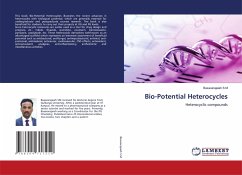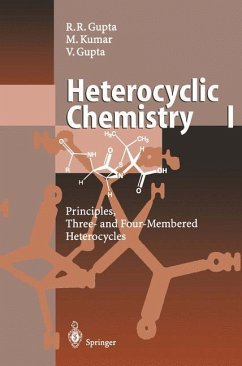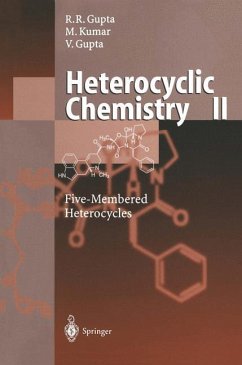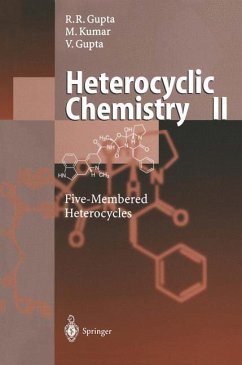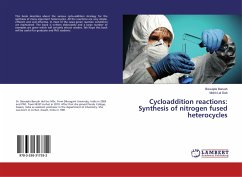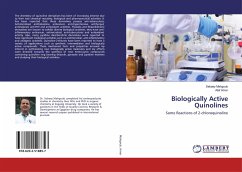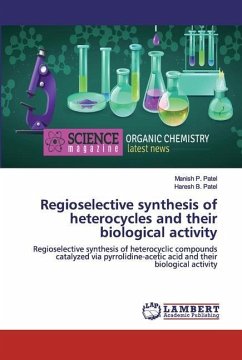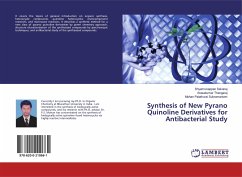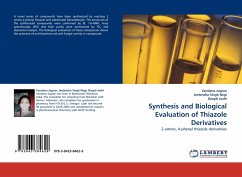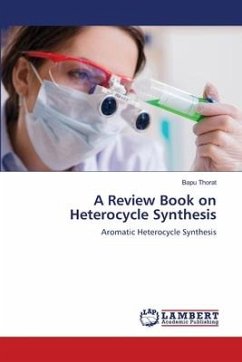
A Review Book on Heterocycle Synthesis
Aromatic Heterocycle Synthesis
Versandkostenfrei!
Versandfertig in 6-10 Tagen
68,99 €
inkl. MwSt.

PAYBACK Punkte
34 °P sammeln!
Heteroatoms constitute a very common fragment of a number of active pharmaceutical ingredients as well as excipients; from the point of view of significance, it is all the same if these are isosterically/bioisosterically replaced carbons/carbon substructures in aliphatic structures or real heterocycles. Many heterocyclic scaffolds can be considered as privilege structures including aromatic skeletons. Most frequently, nitrogen heterocycles or various positional combinations of nitrogen atoms, sulphur, and oxygen in five- or six-membered rings/fused rings can be found. There are a number of nov...
Heteroatoms constitute a very common fragment of a number of active pharmaceutical ingredients as well as excipients; from the point of view of significance, it is all the same if these are isosterically/bioisosterically replaced carbons/carbon substructures in aliphatic structures or real heterocycles. Many heterocyclic scaffolds can be considered as privilege structures including aromatic skeletons. Most frequently, nitrogen heterocycles or various positional combinations of nitrogen atoms, sulphur, and oxygen in five- or six-membered rings/fused rings can be found. There are a number of novel pathways found for their synthesis including homogenous or heterogenous catalytic system. According to statistics, more than 85% of all biologically-active chemical entities contain a heterocycle. This fact reflects the central role of heterocycles in modern drug design therefore their synthesis is important.






